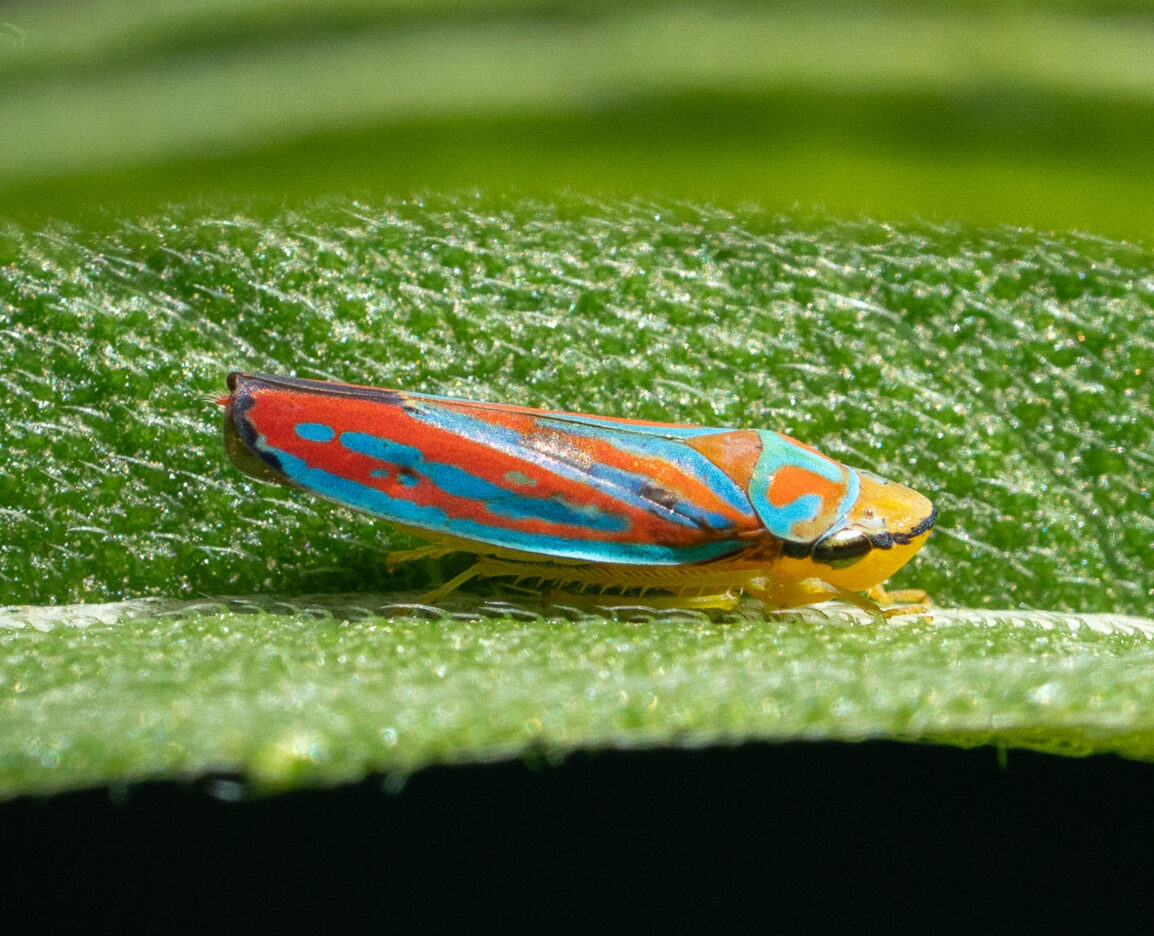How to Help our American Bumble Bees
Views: 746
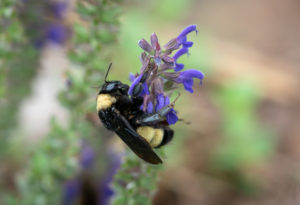
In my gardens, bumble bees are some of my favorite visitors. Besides being exceptional pollinators, I think they are incredibly beautiful insects. I liken them to flying school buses because they don’t appear to be particularly aerodynamic, yet there they are, buzzing away in short flights between my flowers. Unfortunately, American bumble bees are becoming harder to find in parts of their historic range. As gardeners, there are things we can do to help.
About American bumble bees
American bumble bees, Bombus pensylvanicus, are one of the most widespread bumble bees in North America. They are classified as long-tongued bees and are found in most states and parts of Canada. One place you won’t find them is in the mountain west because their primary habitat is open fields and farmlands.
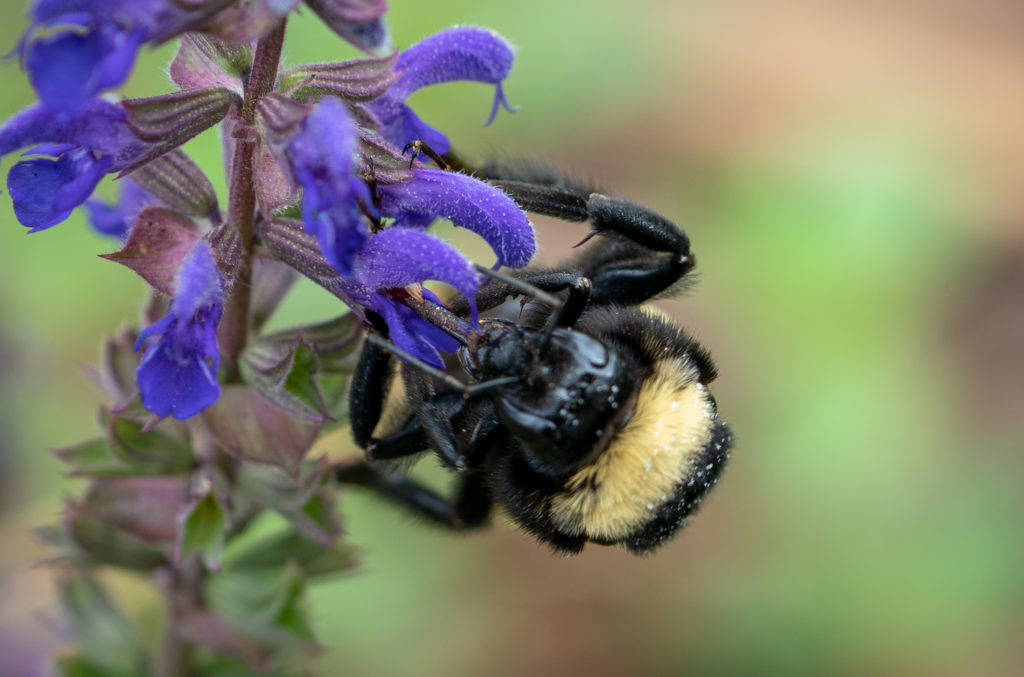
The long tongue of an American bumble bee.
A fairly large bumble bee, queens, workers, and males all have different color patterns of black and gold, so it’s best to use an online guide to help identify them. These bees pollinate vegetables, fruit trees, and flowers. In my yard, I’ve noticed they have a preference for native flowers, including new world plants like tomatoes and squash. Bumble bees are so gentle, I can’t imagine being stung by one.
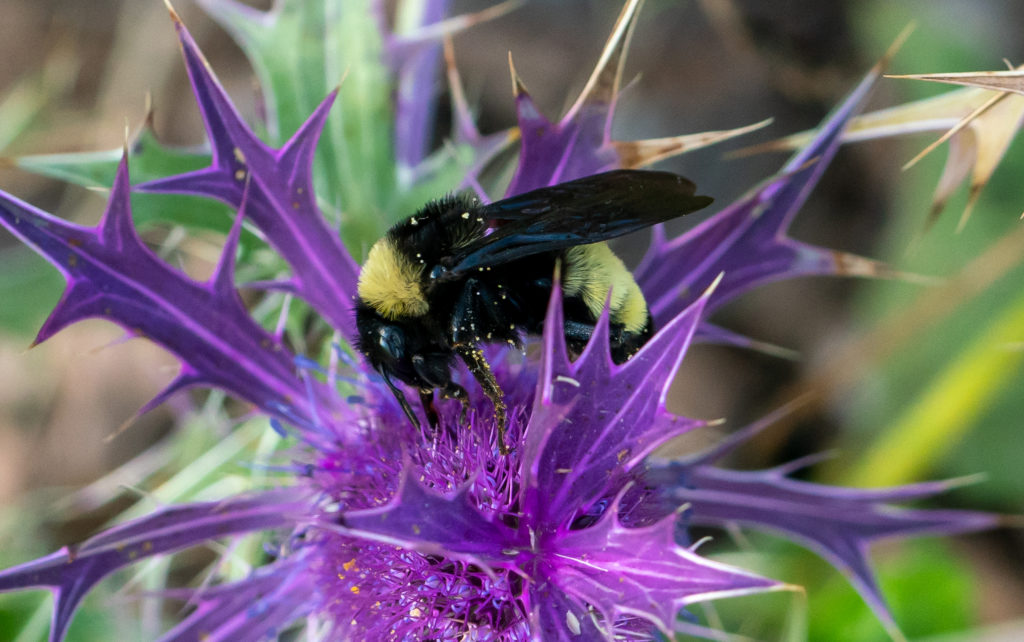
I’m more afraid of the plant than the bumble bee. Despite sticking my camera in their business at close range, I’ve never been stung. They are gentle.
Why are they rare?
There is discussion in the scientific community about adding Bombus pensylvanicus to the endangered species list. It has all but disappeared in some areas, particularly in northern regions. There are many factors contributing to this decline, including climate change, pesticide use, and habitat loss. Diseases brought from foreign bee species may also be contributing.
How do I help bumble bees?
Gardeners can make a difference. Our actions can help maintain or even increase our native bee populations.
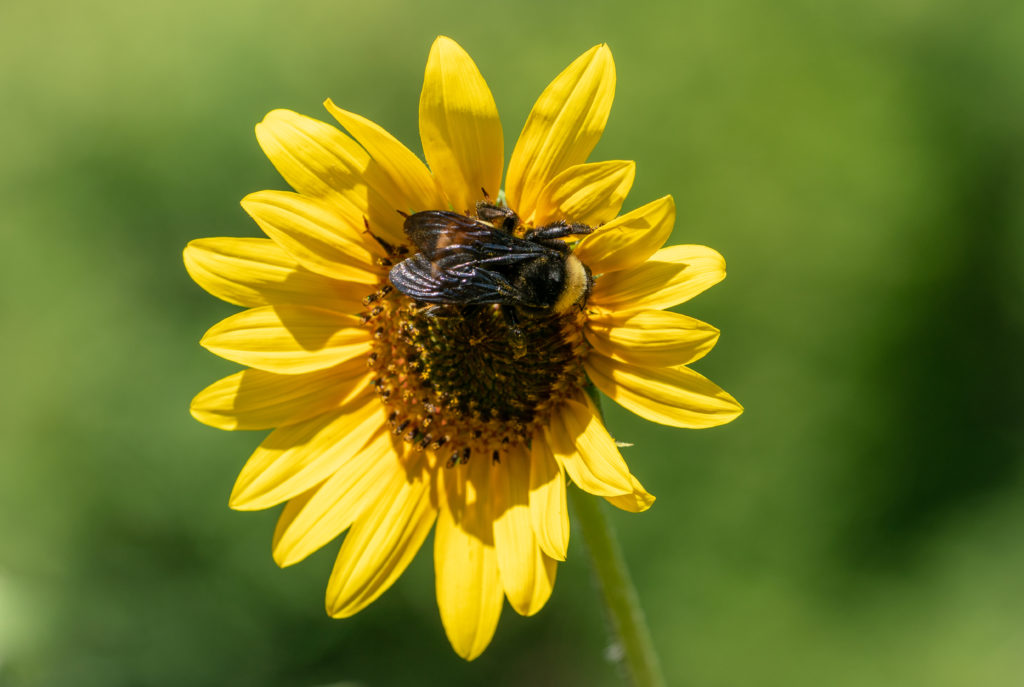
Bumble bees love natives like this sunflower.
Bumble bees are champion pollinators, and they’ve evolved with native plants. So, give them native flowers and trees: sunflowers, coneflowers, monarda, and other bee-attracting plants. These bumble bees nest in tangles of tall grass or undisturbed ground, so mowing may destroy their nests, as will tilling. Leave a few wild areas in your yard or gardens where bees can nest undisturbed. Pesticides and bug zappers will kill them indiscriminately. So:
- Plant native plants, flowers, and trees
- Avoid using pesticides
- Leave nesting habitat undisturbed (tall grass, soft ground)
- Don’t till
- Don’t use bug zappers
By taking these steps, hopefully, you, too, can be lucky enough to get bumble bees visiting your gardens.
Meet Leslie Miller
Leslie Ann Miller shares 3.5 acres in rural Oklahoma with birds, butterflies and wide variety of animals. She is currently transforming her yard with plantings…
Leslie's Recent Posts
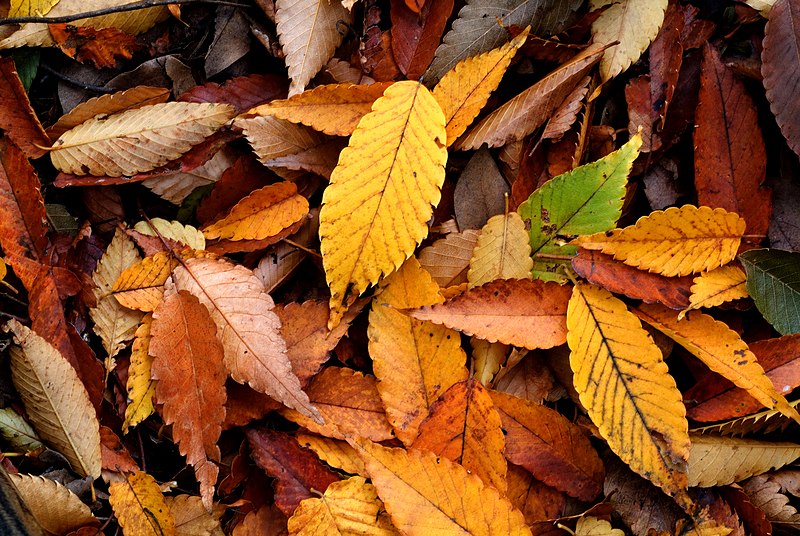
Four Reasons to Leave Your Leaves for Wildlife This Fall
